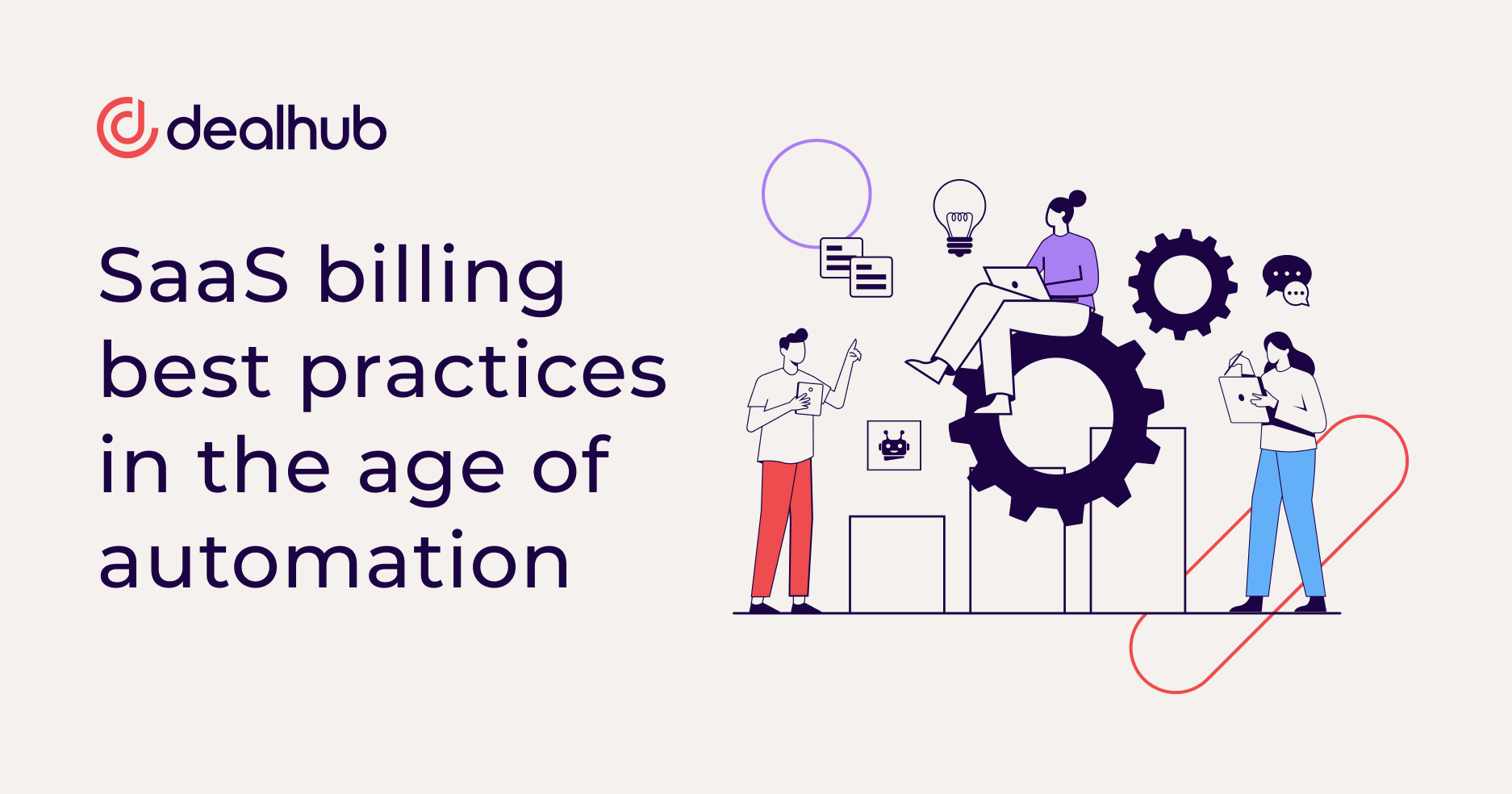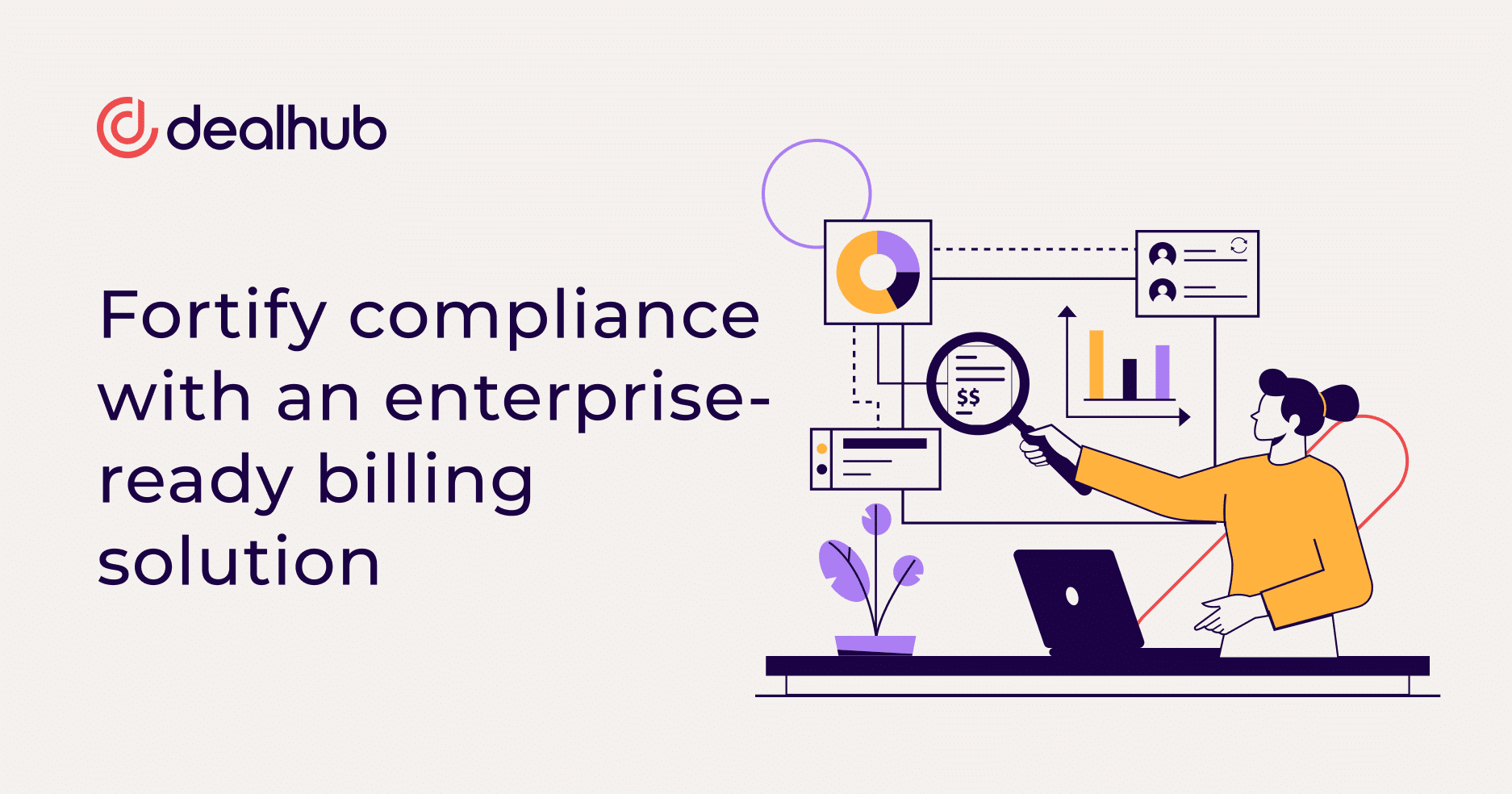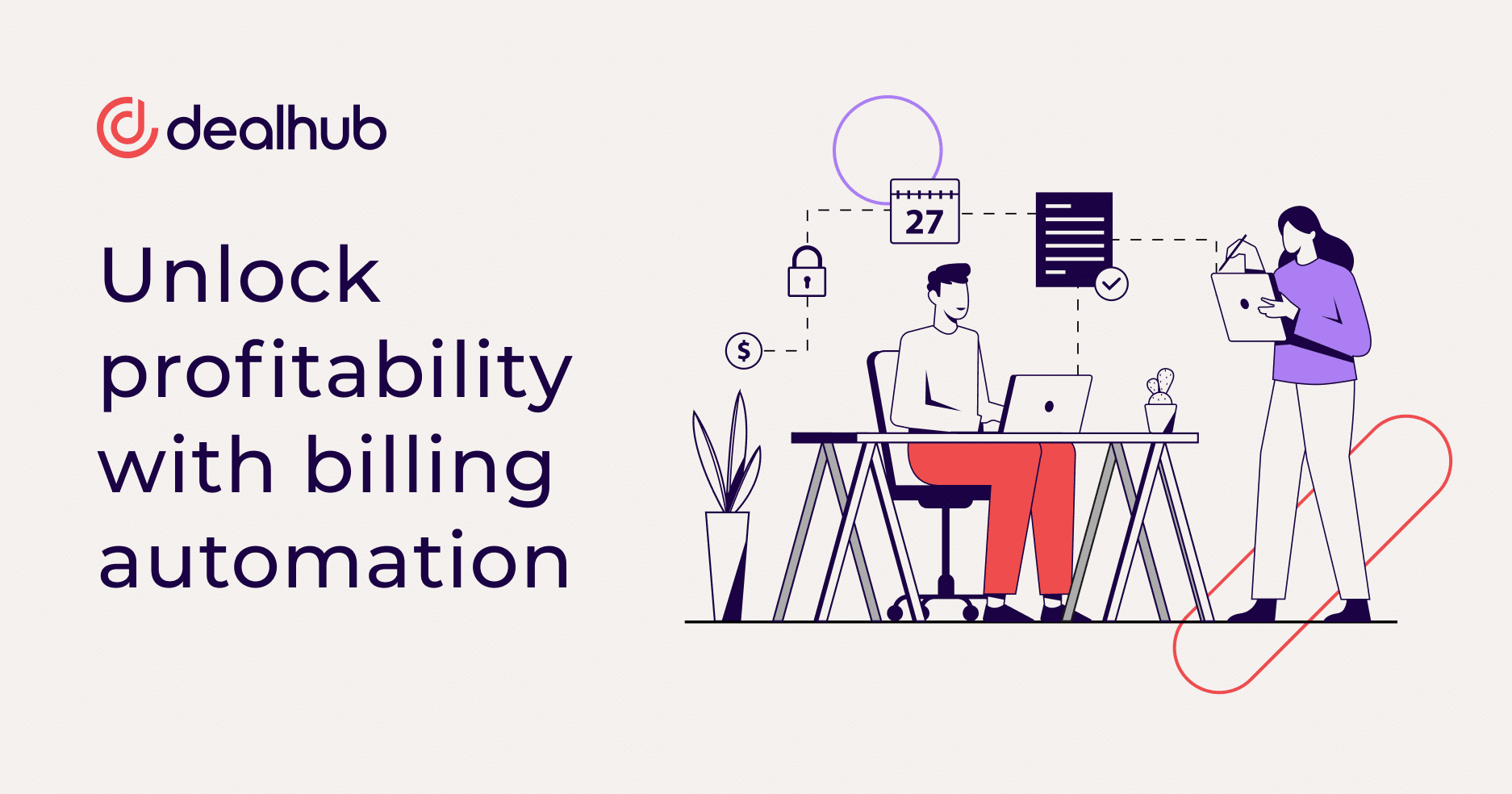Considering different billing strategies won’t just allow you to stay agile – it will provide you with new ways to source or boost revenue opportunities to keep your offerings fresh and lucrative. Recent trends are currently shaking up the space, and from usage-based pricing models to personalization via tiered subscription plans, these trends offer innovative ways to attract and retain customers while increasing upsell opportunities.
Are you ready to source new revenue streams? Join us as we break down current billing challenges and how predictive analytics, automated revenue recognition, and enhanced security pave the way toward sustainable growth.
Billing challenges facing SaaS companies

Before we dive into the trends shaping the future of SaaS billing, it’s crucial to acknowledge the challenges companies face in the subscription-based pricing ecosystem. Modern SaaS businesses face many unique billing challenges, including:
Complex pricing models. SaaS products often incorporate many factors, such as usage, features, and user tiers. Managing these complexities can lead to confusion, both for the company and its customers. Complex pricing models can result in billing errors, customer dissatisfaction, and challenges in accurately reflecting the value delivered by the product.
Subscription changes and upgrades. Customers frequently request changes to their subscriptions, such as upgrades or downgrades. Managing these changes can be challenging, especially when dealing with prorated charges or refunds. Difficulty in handling subscription changes can lead to billing discrepancies, customer frustration, and increased support inquiries.
Revenue leakage. Identifying and addressing revenue leakage points, such as untracked usage or underbilling, is a constant concern. Without robust systems, businesses may miss out on potential revenue, reducing the overall profitability of the SaaS business.
Inaccurate revenue recognition. Ensuring accurate revenue recognition in compliance with accounting standards can be a challenge. This is particularly true when dealing with different billing models and recognition criteria. Inaccurate revenue recognition can lead to financial mismanagement, regulatory non-compliance, and potential legal issues.
Churn. Churn, the loss of customers or revenue, is a constant threat in the subscription-based model. Identifying the reasons for churn and implementing strategies to reduce it can be challenging. High churn rates affect revenue predictability, making it difficult for the company to forecast and plan for future growth.
Global tax compliance. Internationally operating SaaS companies must navigate complex tax regulations. Ensuring compliance with local tax laws and managing changes is mandatory. Non-compliance with tax regulations can lead to financial penalties and damage the company’s reputation.
Security concerns. Securing sensitive billing and customer information is crucial with the increasing prevalence of cyber threats. SaaS companies need robust security measures to protect against data breaches.
Integration with other systems. Many SaaS companies use multiple systems within their tech stack. Integrating billing systems with other tools, such as CRM or accounting software, can be complex. Integration can lead to data consistency, increased manual work, and a lack of real-time insights into the company’s financial health.
Customer communication. Communicating billing changes, updates, or issues effectively to customers is crucial. Poor communication can harm customer relationships and lead to a loss of trust in the SaaS provider.
Scaling infrastructure: As SaaS companies grow, their billing systems must scale to accommodate an increasing number of customers, transactions, and data points. Inadequate infrastructure can lead to system downtime, slow performance, and difficulties handling growing billing complexities.
As you can see, efficient, accurate, and compliant billing remains a complex puzzle. However, technology can solve many billing conundrums while unlocking sustainable growth and customer satisfaction.
Advances in SaaS billing spur revenue growth

SaaS billing has come a long way, evolving to allow companies to tailor their pricing strategy and billing structures to better meet customer needs. This adaptability is essential as products and services are delivered in diverse ways. Let’s explore the key trends driving this evolution.
- Usage-based pricing models
Imagine a billing model that adapts to each customer’s unique needs, providing flexibility and fairness. That’s the beauty of usage-based pricing in SaaS! Whether your users are occasional visitors or heavily invested in your product or service, this model ensures they pay for exactly what they consume. It’s a win-win situation, fostering customer loyalty while maximizing revenue for your business. This trend aligns with the pay-as-you-go mentality prevalent in today’s market and opens the door to creative packaging and pricing strategies.
- Tiered subscription plans
One size doesn’t fit all, especially in SaaS. Tiered subscription plans enable personalization, allowing customers to choose the level of service that best aligns with their needs. SaaS subscription billing enhances customer satisfaction and provides businesses with ample opportunities for upselling. By offering a range of plans, you cater to a broader audience, ensuring every potential customer finds a suitable fit and a comfortable price point. It’s not just about providing options; it’s about curating an experience that keeps customers engaged and invested.
- Predictive analytics
Predictive analytics are a game-changer for the SaaS billing process. Imagine having the power to foresee and address potential churn risks and revenue leaks before they become significant issues. Predictive analytics analyzes patterns and behaviors, offering insights that empower businesses to make informed decisions. By understanding customer behavior, you can tailor your strategies and your product offering to reduce churn and increase the lifetime value of your customers.
- Automated revenue recognition
Accuracy in revenue recognition is the bedrock of financial stability. Today’s billing platforms have automated revenue recognition capabilities, ensuring that every dollar is accounted for. This reduces the margin for error and saves countless hours that can be better spent on strategic initiatives. Automated revenue recognition is more than a convenience; it’s necessary for financial accuracy in a dynamic, shifting SaaS market.
- Enhanced security and compliance
Online security is non-negotiable. SaaS billing platforms must have the trust of their enterprise clients, who rely on them to keep their information safe via enhanced security measures. As businesses increasingly rely on cloud-based solutions, robust security protocols become paramount. A billing system that complies with industry standards tells your clients you are committed to providing a secure environment for sensitive financial transactions. By prioritizing security and compliance, SaaS companies safeguard their reputation and pave the way for sustainable revenue growth.
What the future holds for SaaS billing
The future for SaaS billing looks bright as technological advancements continue at pace. Undoubtedly, the dynamic nature of the technology industry, coupled with changing customer expectations, regulatory requirements, and cutting-edge technologies, will shape the future of the SaaS billing process.
In the future, expect to see trends that include more AI and machine learning integration to further optimize the billing process. Blockchain may also become pivotal as companies search for ways to ensure privacy and online security.
SaaS billing will continue to place a strong emphasis on fighting ever more sophisticated attempts at hacking or fraud as regions adapt to the reality of cloud computing and online data storage. To protect consumers, a rise in diverse data safety laws will require more compliance initiatives as well. Companies must prepare to invest in robust measures to ensure adherence to stricter and more diverse global data protection standards.
Both companies and customers may also notice a more significant shift towards increased personalization, with businesses striving to tailor their pricing plans to individual customer behavior. The competition will be fierce in the fight to provide users with extremely customizable offerings. As an extension of this move toward personalization and convenience, greater subscription ecosystem collaboration is also a possibility. In the future, SaaS companies will work more closely together to offer integrated subscription ecosystems so that customers can pay for multiple subscriptions under one unified platform to simplify payments.
SaaS billing has been consistently marked by innovation, adaptability, and a relentless focus on meeting customer expectations. As SaaS companies embrace emerging technologies, prioritize customer-centric approaches, and stay agile while responding to industry trends, they will be well-positioned for sustained success. The key takeaway is clear: Flexibility and innovation in billing practices are essential for staying ahead in this rapidly evolving landscape.





